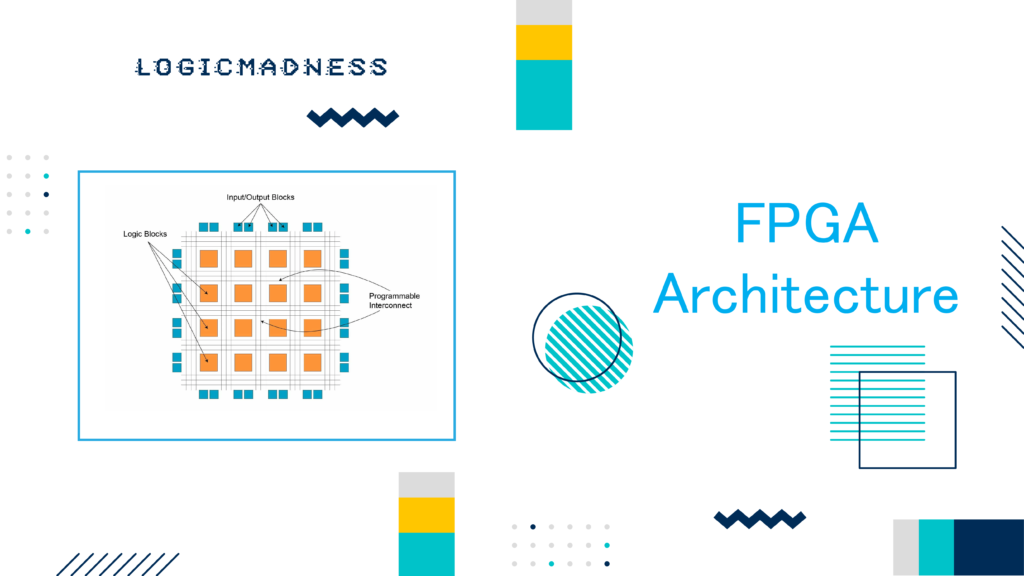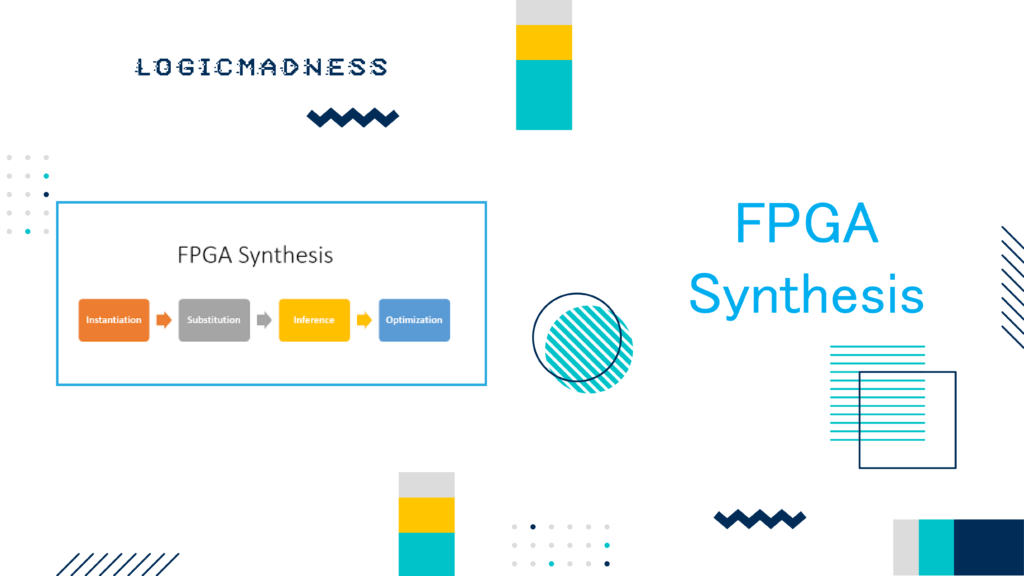In today’s fast-paced, technology-driven world, real-time processing is essential. Industries like aerospace, defense, industrial automation, and communications need systems that can meet strict timing requirements. Real-Time Operating Systems (RTOS) are designed to handle these demands efficiently. Field-Programmable Gate Arrays (FPGAs) are an attractive platform for implementing real-time systems due to their flexibility and parallel processing power.
What Are RTOS and FPGAs?
An RTOS is a specialized operating system that ensures tasks are completed within fixed time limits, making it ideal for critical applications where timing is crucial. Traditional operating systems, in contrast, might experience delays or unpredictable execution times. This is unacceptable for applications in medical devices, vehicle safety systems, and industrial controls, where missed deadlines could have severe consequences.
FPGAs are hardware platforms that can be reconfigured after manufacturing, unlike Application-Specific Integrated Circuits (ASICs), which are fixed. FPGAs consist of programmable logic blocks, allowing parallel processing for specialized tasks. This makes them an excellent fit for applications requiring both speed and flexibility.
Combining RTOS with FPGAs offers a powerful solution. The deterministic multitasking of RTOS, combined with FPGA’s parallel processing power, provides high-throughput, low-latency execution. This synergy is ideal for applications needing real-time responsiveness and complex data processing.
This article explores the benefits, considerations, and implementation of combining RTOS with FPGAs, helping engineers make informed decisions for real-time, high-performance system deployment.
Benefits of Using RTOS on FPGAs
Integrating RTOS with FPGA offers numerous advantages. This combination enhances performance, scalability, and determinism, making it an excellent choice for real-time applications. The key benefits are outlined below.
A. Determinism and Real-Time Responsiveness
- Predictable Task Execution: RTOS provides a framework to prioritize and execute tasks within defined deadlines. When running on an FPGA, tasks can be managed and executed predictably, ensuring that deadlines are met.
- Critical Applications: Industries such as aerospace, automotive, and industrial automation rely on RTOS running on FPGAs to meet strict timing specifications. This ensures that critical tasks are performed reliably and within strict time limits.
B. Multitasking and Task Scheduling
- Concurrent Execution: RTOS enables multitasking by dividing an application into smaller tasks. These tasks can be processed in parallel on FPGAs, which leverage the hardware’s ability to handle multiple tasks simultaneously.
- Resource Optimization: FPGAs allow integration of hardware accelerators into the RTOS. This offloads complex tasks from the CPU, improving overall throughput and efficiency.
C. Resource Management and Optimization
- Efficient Memory Utilization: FPGAs provide the flexibility to manage on-chip memory resources effectively. RTOS helps allocate and manage memory, reducing fragmentation and optimizing system performance.
- Hardware-Accelerated Operations: The ability to implement custom hardware accelerators on FPGAs enhances performance, especially for tasks like signal processing, cryptography, and data manipulation.
Key Considerations When Choosing an RTOS for FPGAs
Choosing the right RTOS for your FPGA platform is crucial for achieving optimal real-time performance. Here are the key factors to consider:
A. RTOS Selection Criteria
- Real-Time Capabilities: Ensure the RTOS supports key real-time features such as fast context switching, predictable scheduling, and low interrupt latency.
- Scalability and Footprint: The RTOS should be scalable to handle the complexity of your application without consuming excessive memory or processing power. Keep in mind that FPGAs have limited on-chip memory, so the RTOS must have a small memory footprint.
- Compatibility with FPGA Platforms: Check if the RTOS is compatible with the specific FPGA platform you are using. Some RTOS options are better suited for certain FPGA families and development tools.
B. Integration with FPGA Hardware
- Interface with FPGA Peripherals and Custom IP: FPGAs often include custom IP cores and specialized hardware interfaces. Ensure that the RTOS can integrate smoothly with these components.
- Low-Level Driver Development: You may need to develop drivers to interface with FPGA-specific peripherals and hardware. This requires knowledge of both FPGA and RTOS development.
C. Real-Time Application Requirements
- Hard vs. Soft Real-Time Constraints: Understand the nature of your real-time requirements. Some applications have hard deadlines that must be met, while others may allow some flexibility in timing.
- Impact of Interrupt Latency: The RTOS’s ability to handle interrupts quickly is crucial for real-time responsiveness. Applications requiring immediate responses, like control systems, must minimize interrupt latency.
Implementation of RTOS on FPGAs
Integrating an RTOS with an FPGA requires a unique approach. The following sections explain the key steps for adapting and implementing RTOS on FPGA platforms.
A. RTOS Adaptation for FPGA Architecture
- Memory Hierarchy Considerations: FPGAs offer various memory resources, including on-chip memory, distributed memory, and external memory. The RTOS must be adapted to effectively manage these resources and align with FPGA’s memory architecture for maximum performance.
- Handling Asynchronous Events: FPGAs can handle many processes simultaneously, but managing asynchronous events like interrupts requires careful design. The RTOS must prioritize and manage these events to avoid disrupting other processes.
B. Integration of RTOS Kernel
- Porting the RTOS to FPGA: To port an RTOS to FPGA, the software needs to be adapted to the hardware description language (HDL) environment. This often requires expertise in both FPGA hardware design and software development.
- Hardware Abstraction Layer (HAL) Development: Developing a HAL simplifies portability by providing a standardized interface to interact with FPGA peripherals and custom IP cores. The HAL abstracts the underlying hardware, making the application code more portable across different FPGA platforms.
C. Task Management and Scheduling
- Mapping Tasks to FPGA Resources: FPGAs have specialized resources like DSP blocks and lookup tables. Tasks should be mapped to these resources based on their computational needs, communication patterns, and timing constraints to optimize performance.
- Utilizing Hardware Timers for Scheduling: FPGA platforms often include hardware timers that can be used to schedule tasks accurately. These timers help enforce deadlines and ensure that tasks are executed within their time constraints.
Conclusion: The Future of RTOS on FPGAs
Combining Real-Time Operating Systems (RTOS) on FPGAs presents a promising solution for applications demanding real-time responsiveness and high-performance computation. The flexibility and parallel processing capabilities of FPGAs, coupled with the deterministic multitasking of RTOS, create a powerful synergy for industries like aerospace, communications, and industrial control systems.
While implementing RTOS on FPGAs poses challenges, such as memory hierarchy management and asynchronous event handling, the benefits far outweigh the difficulties. This integration pushes the boundaries of real-time systems and opens the door to innovative solutions in critical applications.
Looking ahead, the integration of AI/ML with RTOS on FPGAs promises to redefine real-time capabilities. This growing synergy between hardware and software will lead to even smarter, more responsive systems that will transform industries worldwide.

